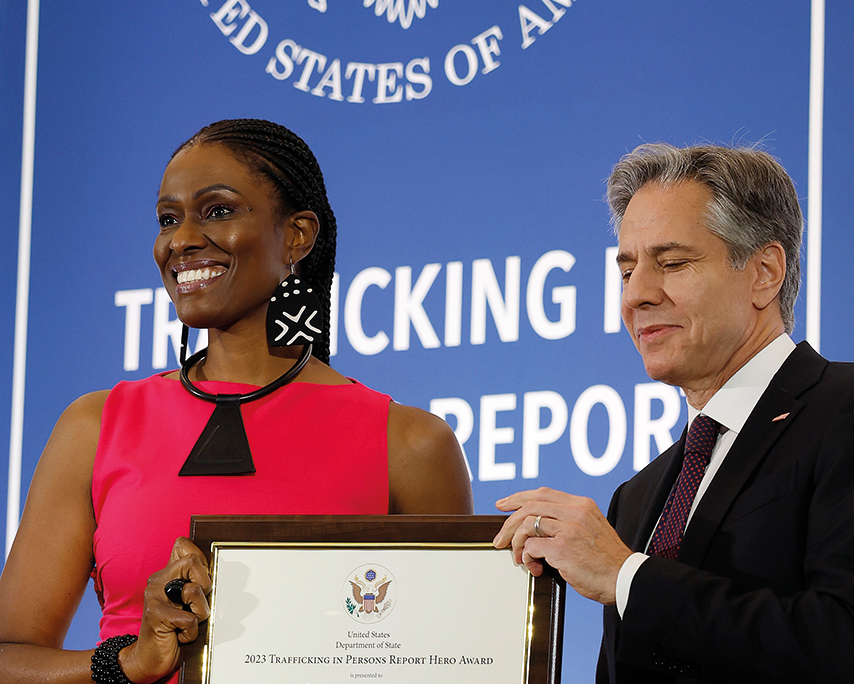The power of documented proof in advocacy
Think of advocacy without documentation as a building without a foundation. Without solid proof, without records, and without evidence to back up claims, a cause has little chance of standing strong. Documentation is the backbone of any advocacy movement; it turns a voice into a movement, a claim into action. Without it, advocacy remains empty talk. With it, it becomes a force to be reckoned with.
Practical evidence shows that taking, keeping and analysing recorded information is a driving force behind successful advocacy. Documentation provides undeniable evidence—facts, figures, stories—that cannot be ignored. Take human rights organisations, for example. When a violation occurs, the first step advocates take is documenting it. Whether through photographs, testimonies, or official reports, this documentation becomes the proof and armour in the fight for justice. Consider the 2014 case of the Boko Haram kidnapping in Nigeria. The mass abduction of schoolgirls ignited outrage worldwide. It was not until advocates began documenting the event, gathering survivor testimonies, photographing locations, and working with legal experts that a global movement like #BringBackOurGirls came to life. This documentation sparked a movement and became a rallying cry for policy change.
In today’s crowded world, credibility is essential. Without solid evidence, an advocacy campaign risks being brushed aside as just another opinion. Documentation legitimises a movement, transforming it into something people can trust and act upon. Take Médecins Sans Frontières (Doctors Without Borders), for example. Their emergency medical reports in conflict zones are not just detailed accounts; they are hard proof that their work is making a difference. These documented reports convince stakeholders to act and secure the necessary funding and policy changes.
It is important to note that the true power of documentation lies in its ability to amplify often overlooked voices. Issues like poverty, refugees, and racial inequality usually stem from silenced voices. Documentation gives these voices a platform, turning personal struggles into stories that others can relate to, understand, and act upon. Take the refugee crisis, for example. Refugees and displaced people often lack the means to communicate their struggles directly to decision-makers. However, through visual media, interviews, and personal stories, advocates can tell their stories and put human faces to the statistics. This method has forced the world to pay attention, pushing governments to respond with more compassionate, humanitarian policies.
In advocacy, how you tell the story is just as important as the story itself. The way you frame an issue can make all the difference. Documentation becomes a powerful tool for shaping these narratives. Take the environmental movement, where photographs of deforestation, videos of melting glaciers, and charts of rising CO2 levels have been pivotal in framing the climate change debate. These images and statistics raise awareness and help shape the conversation around what is at stake and why urgent action is needed.
Documentation also serves as a historical record, ensuring that future generations can understand today’s struggles. From the civil rights movement to women’s suffrage, the advocacy efforts of today lay the foundation for tomorrow’s progress. Documenting these battles through photographs, speeches, and legislative records ensures that the fight for justice is not forgotten but becomes a blueprint for future movements.
Ultimately, documentation is not optional in advocacy; it is essential. Leaders in government, non-profits, and corporate sectors must take responsibility for ensuring that advocacy efforts are supported by solid documentation. This is the only way to hold power accountable, amplify marginalised voices, and secure lasting change. Start collecting evidence, telling stories, and framing the narrative because this is how movements succeed. It is how change happens.



